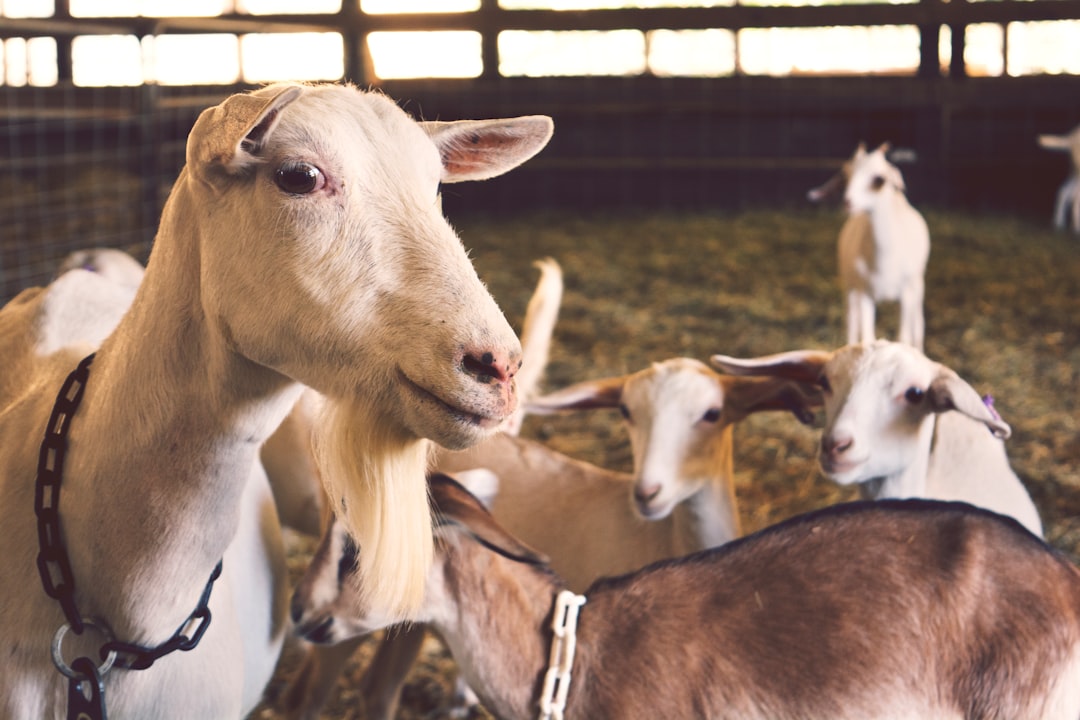Goats are intelligent, social, and curious animals that require specific housing and fencing to meet their behavioral needs. Understanding goat behavior is crucial for designing effective and safe living spaces that promote their health and well-being. This post explores key aspects of goat behavior and how these insights can inform housing and fencing design.
Understanding Goat Behavior
Goats are known for their social nature, intelligence, and inquisitive personalities. They establish a hierarchical structure within their herd, with dominant goats often displaying behaviors like head-butting to assert dominance. Goats are also natural browsers, preferring to eat a variety of plants rather than grazing like sheep. Their curiosity can lead them to investigate new objects and environments, which can sometimes result in escape attempts if not properly secured.
Designing Appropriate Housing
Effective goat housing should prioritize comfort, safety, and ease of maintenance. Key considerations include:
-
Ventilation and Space: Goats need adequate ventilation to prevent respiratory issues and sufficient space to move freely. A minimum of 20 square feet per goat is recommended for indoor areas.
-
Insulation and Climate Control: Housing should be insulated to regulate temperature, especially in extreme climates. In warm climates, design elements should encourage airflow, while in cold climates, insulation is crucial for maintaining warmth.
-
Safety Features: Housing should be designed with safety in mind, including secure fencing and non-toxic materials to prevent injuries.
Designing Appropriate Fencing
Goats are notorious for their ability to escape, so fencing must be sturdy and secure. Key considerations include:
-
Height and Material: Fencing should be at least 5 feet high to prevent jumping, and materials like barbed wire or electric fencing can be effective deterrents.
-
Durability and Maintenance: Regular maintenance is essential to ensure fencing remains secure and effective.
-
Predator Protection: Fencing should also protect goats from predators, using materials that prevent entry and ensuring gates are secure.
Conclusion
Understanding goat behavior is essential for designing housing and fencing that meet their needs. By providing appropriate living conditions, farmers can enhance goat health, productivity, and overall well-being. As goat farming continues to grow globally, adopting these strategies will be crucial for sustainable and humane livestock management.
Citations:
- https://www.acsedu.co.uk/info/pets/animal-behaviour/goat-behaviour.aspx
- https://thefarminginsider.com/goat-housing-design/
- https://nationalzoo.si.edu/animals/goat
- https://www.pinterest.com/mcd6624/goat-house/
- https://goatjournal.iamcountryside.com/ownership/goat-behavior-demystified/
- https://www.pinterest.com/tikimeow/goat-housing-idea/
- https://simple-earth.org/mbvdl/fauna/goats/4885/goat-behaviors-and-human-interaction/
- https://www.cardi.org/wp-content/uploads/downloads/2012/11/Housing-designs-for-Sheep-and-Goat.pdf
- https://fiascofarm.com/goats/behavior.htm
- https://www.farmhealthonline.com/en/health-welfare/goat-welfare/goat-behaviour/

Comments
No comments yet. Be the first to comment!
You must be logged in to comment. Login